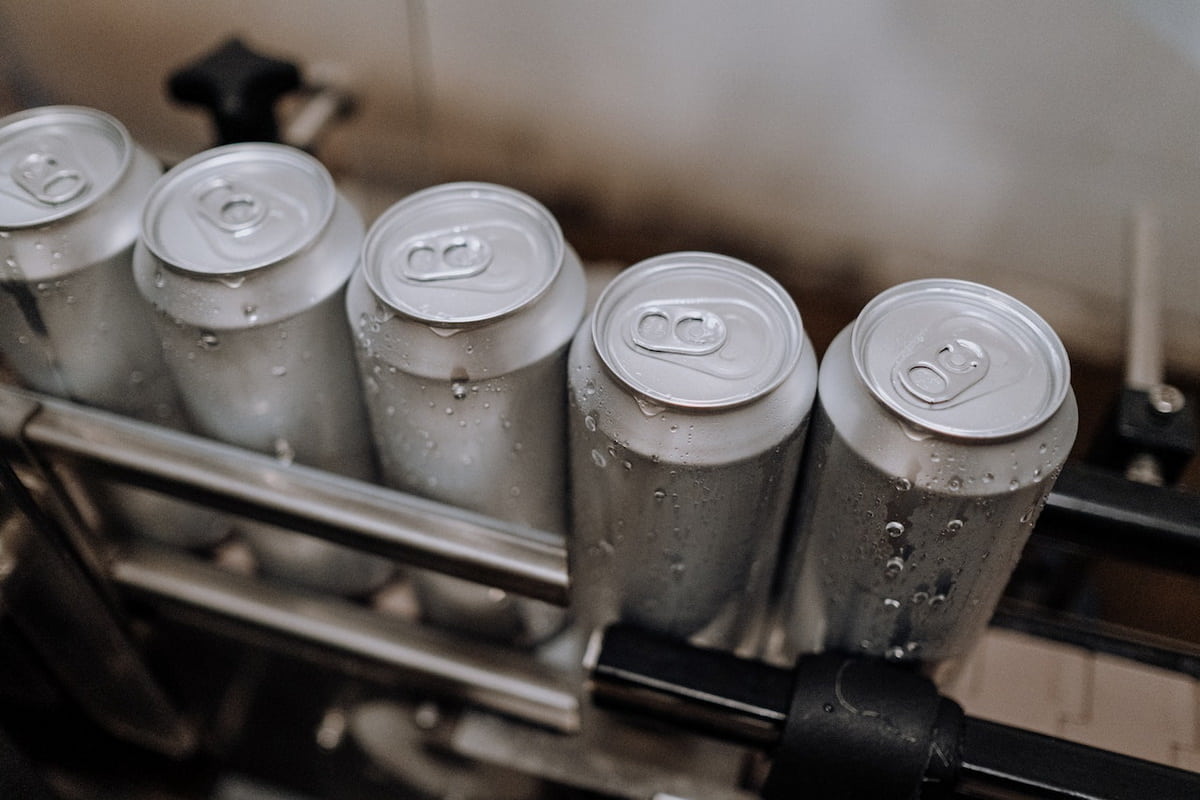Welcome, dear seekers of wisdom and fun! Are you tired of the mundane and ready to take a dip into a pool of enlightening facts? Then grab your rubber duckies, because we’re diving into 30 fun facts about aluminum.
Yes, aluminum—That silvery stuff that wraps your sandwich and might just be the body of your smartphone. But oh, it’s so much more. From its role as the third most abundant element in the Earth’s crust to its vibrant history, aluminum is the unsung hero of the elements.
So buckle up as we lift the foil on the aluminum world, which is not only useful but incredibly fascinating! It’s like discovering that your quiet neighbor is actually a rockstar.
1. Aluminum: The Third Most Abundant Element in the Earth’s Crust
Let’s kick it off with a bang. Aluminum ain’t rare, folks. Nope, it’s the third most abundant element in the Earth’s crust. It’s the silent but plentiful neighbor to oxygen and silicon.
Now, you might be thinking, “If it’s so abundant, why aren’t my pockets filled with it?” Well, aluminum doesn’t like to go solo. It’s almost always found combined with other elements.
2. Aluminum was Once More Valuable Than Gold
Hold on to your knickers! There was a time when aluminum was more valuable than gold. Yes, you heard that right. Before we figured out how to mass-produce this shiny stuff, it was the caviar of metals.
Why? Because extracting aluminum was no picnic. It was labor-intensive and costly, making it rarer than a compliment from Simon Cowell.
3. The Birth of the Aluminum Industry: Hall-Héroult Process
Ah, the 1880s—a decade that gave us Coca-Cola, the Statue of Liberty, and the Hall-Héroult Process. Who are Hall and Héroult, you ask? These two chaps—Charles Martin Hall from the USA and Paul Héroult from France—coincidentally discovered the same economical method to extract aluminum.
The Hall-Héroult Process uses electricity to separate aluminum oxide into its big-league components: aluminum and oxygen. This was the game-changer that made aluminum as common as TikTok dances.
4. The Aluminum vs Aluminium Debate
Ever got caught in the linguistic crossfire between American English and British English? Well, here’s another pickle for you: Is it aluminum or aluminium? In the U.S., it’s aluminum, while the Brits prefer aluminium. And they both think they’re right—kind of like arguing whether it’s ‘color’ or ‘colour.’
The International Union of Pure and Applied Chemistry (IUPAC) officially recognizes “aluminium,” but they’re chill about “aluminum” too. So, call it what you want, just know it’s the same awesome element.
5. 100% Recyclable: The Circular Life of Aluminum Cans
Ah, aluminum cans—the unsung heroes of weekend barbecues and college parties. But did you know these humble vessels are 100% recyclable? That’s right; they can be melted down and reincarnated into new cans over and over, like a metal phoenix rising from the ashes.
Recycling aluminum saves 95% of the energy needed to make the same amount from raw materials. So, the next time you toss a can into the recycling bin, give yourself a pat on the back—you’re a low-key environmental hero.
6. Aluminum: Lightweight but Strong
Bet you didn’t see this coming: Aluminum may be light, but it’s also a heavy hitter in the strength department. It’s about one-third the weight of steel or copper but doesn’t skimp on durability.
That’s why you’ll find it in aircraft, mountain bikes, and even some sports cars. It’s like the gymnast of the metal world—strong but incredibly flexible. In fact, you could say aluminum is the ultimate paradox; it’s both feather-light and as tough as nails.
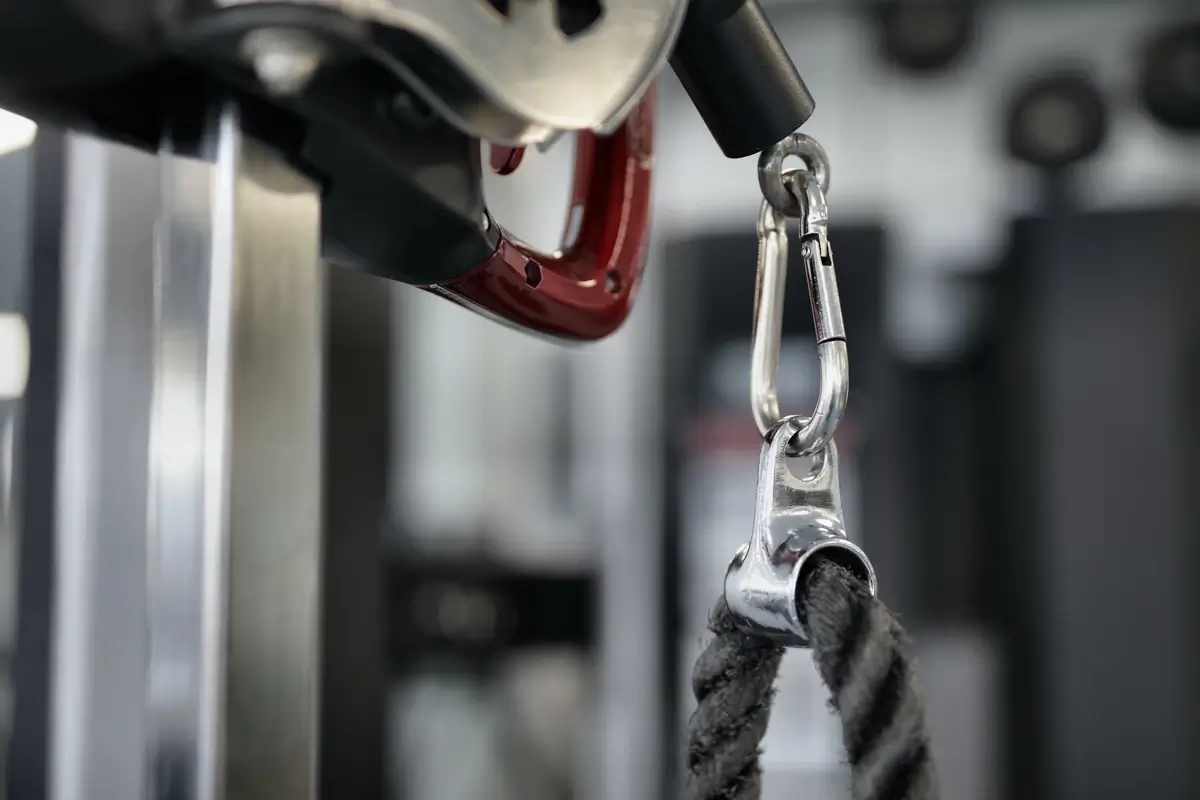
Andrea Piacquadio / Pexels
7. Is Aluminum Magnetic? Spoiler Alert: No!
Here’s a fun fact about aluminum that might mess with your compass—literally! Aluminum is non-magnetic. If you thought you’d discovered a hidden magnetic property while playing with your fridge magnets, sorry to burst your bubble.
Its non-magnetic nature makes it ideal for certain applications. Think of MRI machines in hospitals or gadgets that need to be free from magnetic interference. So, no, you can’t stick your aluminum soda can to your fridge, but isn’t it cool to know why?
8. Aluminum, Oxygen, and Silicon: A Geological Love Triangle
Ah, the age-old story of unrequited love—aluminum is the third wheel in a stable relationship between oxygen and silicon. In Earth’s crust, these three are almost always found together in compounds like feldspar and bauxite. They’re the polyamorous trio of the mineral world!
Oxygen and silicon may be the power couple, but it’s aluminum that really spices things up. It’s the reason the trio is so useful in making things like clay and ceramics. So, in this mineral love affair, everybody wins!
9. The Great Imitator: Aluminum’s Role in Ancient Times
Aluminum might be common now, but back in the day, it was the Great Imitator. In ancient times, people used an aluminum compound known as alum to create dyes, fireproof fabric, and even as an astringent. Yeah, aluminum was the Swiss Army knife before Swiss Army knives were cool.
So while they didn’t have pure aluminum, our ancestors still found ways to use this versatile element. It’s like realizing your grandpa was a hipster before you were.
10. The First Person to Isolate Aluminum: Hans Christian Ørsted
Let’s get historical, folks. Meet Hans Christian Ørsted, a Danish chemist and not the author of your favorite fairy tales. In 1825, this guy became the first person to isolate aluminum. However, his method was far from perfect; the aluminum he produced wasn’t exactly pure.
But hey, Rome wasn’t built in a day, right? Ørsted’s work laid the foundation for future methods, eventually leading to the industrial-scale production of aluminum. Hats off to Hans for kicking off the aluminum age!
11. Aluminum and Cars: A Match Made in Automotive Heaven
If cars and aluminum had a relationship status, it would be “It’s Complicated.” But make no mistake, it’s a love story. Aluminum is lighter than steel, which means cars made with it are more fuel-efficient. It’s like your car is suddenly on a diet and feeling fabulous!
Not just that, but the use of aluminum also means the vehicle has better handling and can stop more quickly. It’s almost like aluminum gives cars superhero abilities—without the spandex, of course.
12. Aluminum Foil: Not Just for Sandwiches
Sure, you wrap your sandwiches and leftovers in aluminum foil, but did you know this shiny wonder-material has some other cool applications? From enhancing your Wi-Fi signal (really!) to removing rust and polishing silver, aluminum foil is like the MacGyver of kitchen supplies.
Why is it so versatile? Aluminum foil is essentially pure aluminum in very thin sheets. It has the element’s superb conductive properties and resistance to corrosion, making it far more than a one-hit-wonder.
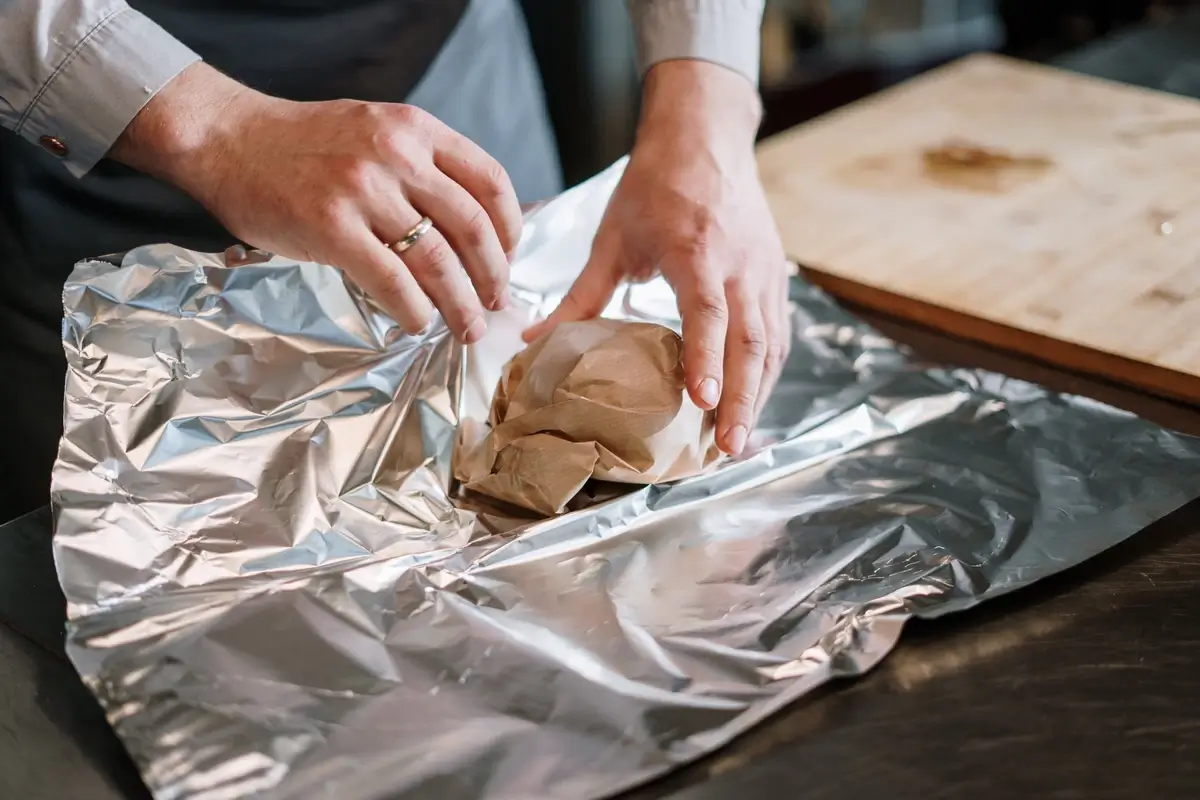
cottonbro studio / Pexels
13. Aluminum and Aerospace: Sky’s the Limit
If aluminum were a superhero, it would definitely be Iron Man—flying high and hitting hard. Okay, maybe not Iron Man, but aluminum really is a big deal in aerospace. Its lightweight and strength properties make it perfect for aircraft frames, engine parts, and even space shuttles.
Fun fact: Nearly 80% of the materials used in modern aircraft are aluminum alloys. So the next time you’re jetting off on vacation, tip your hat to aluminum for making the whole journey possible.
14. Aluminum in Construction: More Than Meets the Eye
Bricks and steel might get all the limelight, but aluminum is the unsung hero in construction. Its durability and resistance to corrosion make it ideal for structures exposed to the elements. Think window frames, roofing, and even bridges!
Plus, because it’s lightweight, transportation and construction costs plummet like a lead balloon—a lead balloon not made of aluminum, of course. With modern architecture leaning towards sustainability, aluminum’s role is becoming even more prominent.
15. The Colorful World of Anodized Aluminum
Welcome to the vibrant, Instagram-worthy world of anodized aluminum! What’s anodized aluminum, you ask? It’s aluminum that’s been dunked in an acid bath (ouch) and zapped with electric current. The result? A surface that’s harder, more resistant to corrosion, and able to be dyed in a rainbow of colors.
This colorfast aluminum finds its way into everything from vibrant smartphone bodies to dazzling pieces of art. So, aluminum doesn’t just have brawn; it’s got beauty too!
16. What’s Cooking? Aluminum in the Kitchen
Spaghetti sauce splattering on the wall, cookies burning to a crisp—cooking can be a minefield. But don’t worry, aluminum’s got your back! From foil to frying pans, aluminum in the kitchen is as ubiquitous as salt and pepper.
Why? Well, aluminum is a great conductor of heat. So, those pots and pans heat up quickly, giving you more time to rescue your culinary creations. Also, because aluminum is non-toxic and doesn’t leach into food, it’s a safe bet for family dinners.
17. Aluminum and Renewable Energy: A Bright Future
Switch off those fossil fuels; we’re going green, baby! Aluminum is playing a vital role in renewable energy. It’s a key component in solar panels and wind turbines, and for good reason. Its low density and resistance to corrosion mean it’s up for the long haul, even in outdoor conditions.
The best part? Aluminum can be recycled indefinitely, making it a perfect partner in the fight against climate change. Mother Nature would swipe right for sure.
18. Aluminum and Medicine: More Than Just Antacids
Feeling a little under the weather? Aluminum to the rescue! Beyond the antacid tablets that quell your heartburn, aluminum is also used in astringents and some vaccines. Yup, this abundant metal is looking out for your health!
It’s not just a cure; it’s also prevention. Aluminum foils and seals are used to package medicines, keeping them fresh and free from contamination. Aluminum: it’s the healthcare hero we never knew we needed.

Pixabay / Pexels
19. Aluminum in Your Pocket: How Your Smartphone Uses It
Surfing the ‘Gram or texting emojis, you’re gripping a little piece of aluminum heaven. Smartphones use anodized aluminum for their outer casings due to its durability and lightweight nature. Because who wants a phone that’s heavier than their student loans, am I right?
Plus, aluminum’s ability to dissipate heat means your phone won’t turn into a mini stove in your hand. Next time you snap a selfie, give a shoutout to aluminum for making it all possible.
20. Aluminum Alloys: Mixing It Up with Other Elements Like Zinc and Carbon
Turns out, aluminum loves to party with other elements. When aluminum mixes with elements like zinc and carbon, you get aluminum alloys. Think of it as the Power Rangers of the metal world—stronger together!
These alloys are even more durable, corrosion-resistant, and versatile than pure aluminum. For instance, the addition of zinc can significantly increase strength, while carbon may be introduced in the form of carbon fiber to enhance structural integrity.
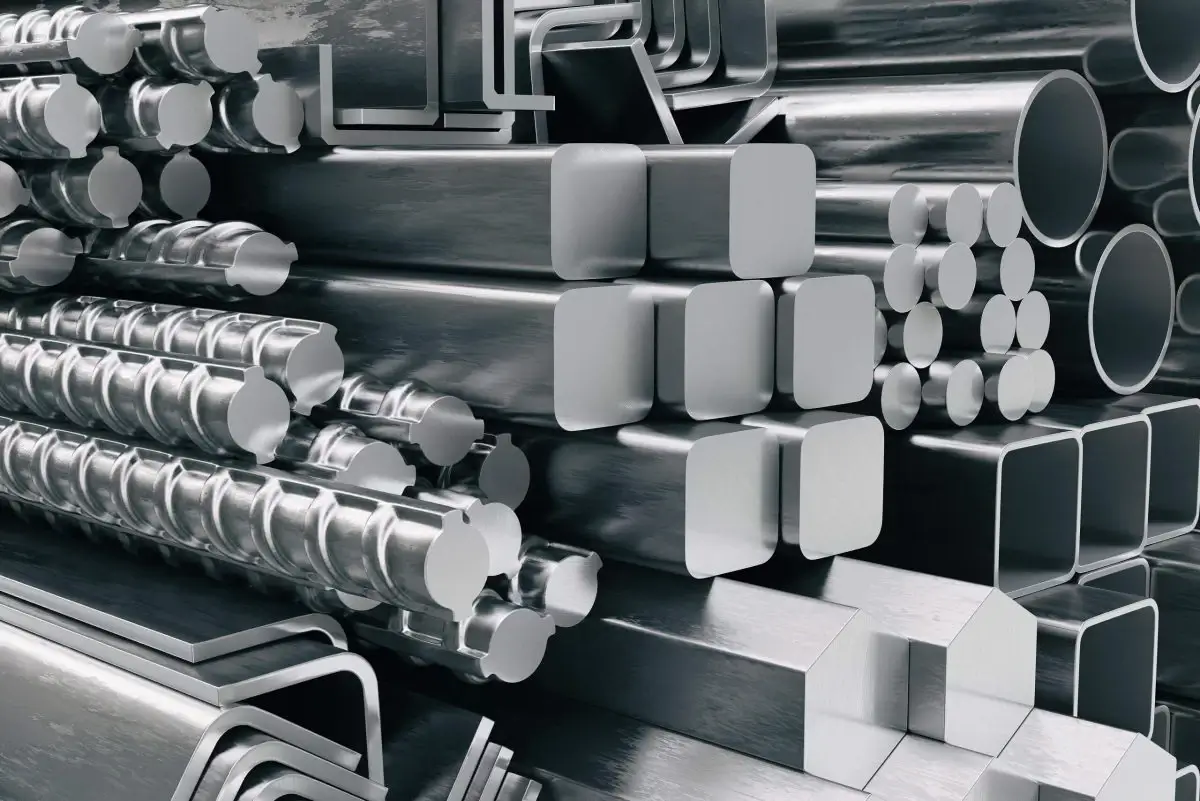
Image source: puluwiremesh.com
21. Arsenic and Aluminum: A Toxic Relationship
Before you get alarmed, no, your soda can isn’t laced with arsenic. However, high levels of arsenic can interact negatively with aluminum, often in polluted environments. This toxic relationship can lead to contaminated water and soil. Thankfully, stringent regulations are in place to monitor such scenarios.
It’s a classic case of “friends don’t let friends mix with toxic elements,” teaching us the importance of keeping aluminum’s social circle clean.
22. How Aluminum Reacts with Acids and Bases
Let’s talk chemistry, baby! When aluminum encounters acids or bases, it’s not a quiet affair. With acids, aluminum often produces hydrogen gas, which is why you’ll see bubbles forming. On the other hand, bases tend to form aluminum hydroxide, a white, cloudy substance.
The oxide layer on aluminum also protects it from further reaction, making it less reactive than many other metals. So, if aluminum were a person, it’d be the cool, calm, and collected type at a party—never overreacting.
23. High Voltage! Aluminum in Electronics
From your home’s wiring to your laptop’s innards, aluminum is an unsung hero in electronics. Its conductive properties are close to that of copper but at a fraction of the weight and cost. This makes aluminum an attractive option in everything from high-voltage transmission lines to tiny circuit boards.
Though copper takes the trophy for best conductivity, aluminum’s lighter weight makes it more practical for long-distance electrical transmission. And let’s be honest, who likes heavy electronics?
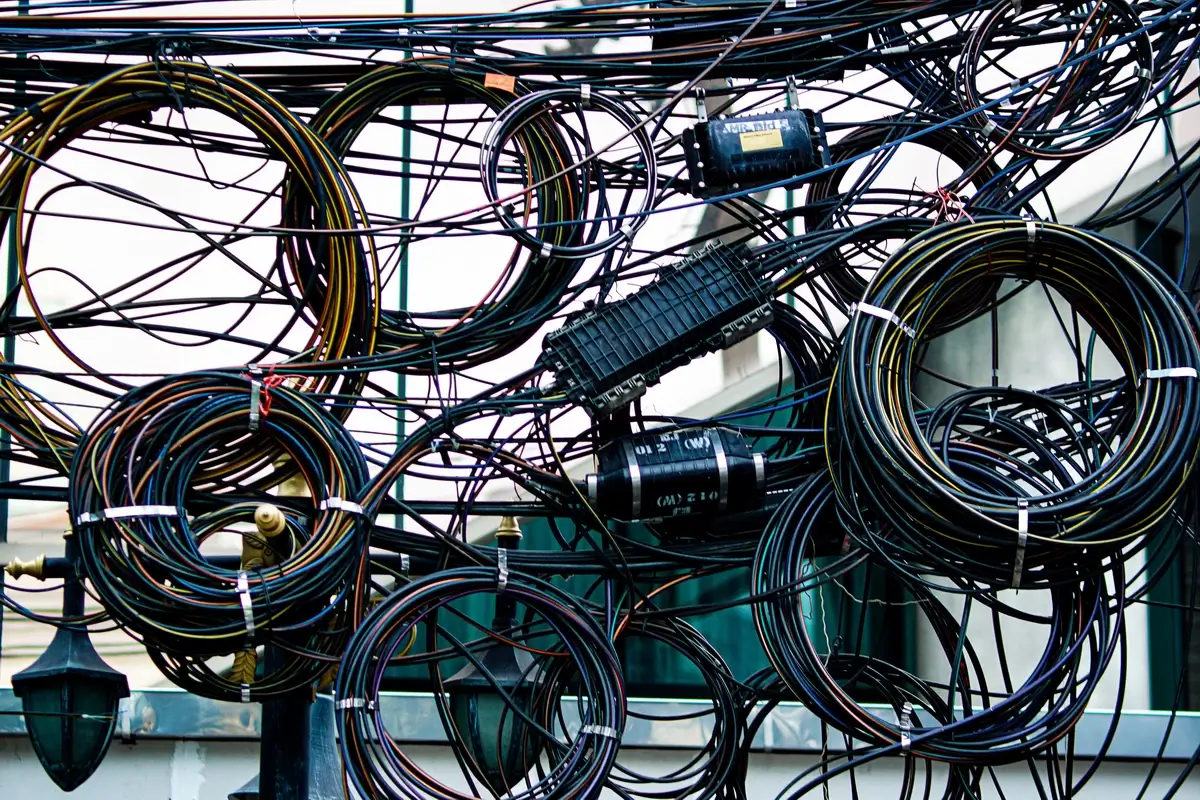
pipop kunachon / Pexels
24. Aluminum’s Role in World Wars
Imagine it’s World War I or II and you’re tasked with building aircraft, ships, and munitions. You need something strong, light, and easily accessible. Enter aluminum, the unsung hero of global conflicts. This widely used metal played a critical role, particularly in the construction of aircraft.
Because of its lightweight and durable properties, aluminum was the go-to material. Its use was so crucial that governments encouraged citizens to donate aluminum items for the war effort. Talk about community service!
25. Aluminum and Art: A Material for Masterpieces
Who says aluminum is all work and no play? When it comes to art, aluminum has been used to create some truly stunning masterpieces. From sculptures to installations, its malleable nature and sleek finish make it an artist’s dream.
It’s also corrosion-resistant, meaning outdoor aluminum art installations don’t turn into rusty eyesores. And since it’s lighter than materials like bronze or marble, it’s easier to work with. The Mona Lisa might not be aluminum, but don’t be surprised if the next art world sensation is!
26. From Bauxite to Aluminum: An Ore-some Journey
Aluminum doesn’t just show up; it has humble beginnings as bauxite ore. This reddish-brown material is refined into alumina, a white powder, which then gets the VIP treatment in an electrolytic process to become the shiny aluminum we know and love.
This ore-to-metal journey involves several stages of crushing, heating, and electricity-zapping, turning bauxite into something ore-some—pure, gleaming aluminum. It’s the Cinderella story of the metallurgy world!
27. Aluminum in Sports: From Bicycles to Baseball Bats
Swing, batter, batter! Whether you’re speeding down a mountain trail on your bike or hitting home runs, chances are aluminum is your silent cheerleader. Baseball bats, bicycle frames, and even some golf club shafts are made of aluminum.
Why? Because aluminum gives you the strength of steel without the added weight. Its lightweight but strong characteristics make it ideal for sports equipment that demands both durability and speed. And let’s face it, nobody wants to lug a heavy bat around the bases.
28. Got Milk? Aluminum’s Role in Dairy
You’re sipping that delicious milkshake or dunking a cookie into a cold glass of milk. You may not realize it, but aluminum had a hand in getting that dairy goodness to you. Aluminum is often used for dairy packaging, like milk cartons and yogurt lids, because it’s great at blocking light, oxygen, and certain bacteria. This keeps your milk fresher, longer.
Aluminum is the unsung hero in your refrigerator, ensuring that the dairy products you love stay at their peak. Got milk? Thank aluminum for keeping it fresh!
29. Aluminum in Personal Care Products: Deodorant and Beyond
Swipe left, swipe right—no, we’re not talking about dating apps. We’re talking about aluminum-based antiperspirants! That’s right, your trusted deodorant likely contains aluminum compounds to block those pesky sweat glands. And while we’re on the topic of personal care, aluminum can also be found in some toothpastes and sunscreens.
But don’t worry, the aluminum used in these products is thoroughly tested for safety. So you can keep on swiping right (or left) with confidence.
30. Aluminum in Space Exploration: To Infinity and Beyond!
Space: the final frontier. And guess who’s tagging along on that journey to the stars? Yep, you guessed it—our friend aluminum! It’s crucial in the construction of spacecraft for similar reasons it was in World War planes: it’s light, strong, and can endure a lot of stress (kind of like you during midterms).
And here’s a cool fact about aluminum: some of its alloys can even withstand the extreme cold and vacuum of space. Now, that’s truly out of this world!

SpaceX / Pexels
FAQ
What are 10 interesting facts about aluminum?
- The Case of the Missing ‘I’: It’s “aluminium” in the UK, “aluminum” in the US. Sir Humphry Davy, who first identified it, initially wanted to call it “alumium,” but couldn’t decide. One could say he was indecisively brilliant, much like a chameleon on a tartan rug.
- Baby of the Periodic Table: Aluminum was a late bloomer, not formally discovered until the 19th century. Gold and copper were the popular kids, known since antiquity, while aluminum sat in the corner, whispering, “Someday you’ll all see how cool I am.”
- Light as a Feather, Tough as Nails: Aluminum has the brawn of a heavyweight but prances around like a featherweight. It’s about one-third the weight of steel or copper but can be made even stronger than either when alloyed with other metals.
- Recycle Guru: About 75% of all aluminum ever produced is still in use today. It’s the comeback kid of the metal world, as it can be recycled infinitely without losing quality. It’s the Betty White of metals, enduring and universally loved.
- Pricey Past: Once upon a time, aluminum was more valuable than gold. That’s right! The tip of the Washington Monument, finished in 1884, is made of aluminum because it was considered a symbol of grandeur and opulence. Talk about social climbing.
- Soda Can Patron Saint: The modern world guzzles down beverages from aluminum cans like there’s no tomorrow. Did you know that the average can contains enough aluminum to keep a 100-watt bulb lit for over 20 hours? It’s like holding a mini Tesla coil in your hand!
- Sky High Aspirations: The Wright brothers’ first flight in 1903 might have had wood and fabric wings, but today’s airplanes owe their lofty dreams to aluminum. Its high strength-to-weight ratio makes it the go-to material for those with their heads in the clouds.
- Mirror, Mirror: Aluminum has a knack for reflecting both heat and light, making it a perfect material for telescopes, solar power devices, and your mom’s emergency lasagna cover. Hey, ET needs to phone home, and your lasagna needs to stay warm!
- Oxygen’s Bestie: Aluminum is so chemically reactive that it’s never found in nature as a free metal. Instead, it’s always holding hands with other elements, mostly oxygen. It’s the ultimate socialite, never flying solo and always the life of the mineral party.
- A Pinch of Aluminum, A Dash of Magic: Believe it or not, aluminum is used in fireworks to produce a brilliant white light. Not just content with being utilitarian, it brings that extra dash of dazzle to your Fourth of July.
Can Aluminum Rust?
In a word: Nope! Aluminum doesn’t rust in the traditional sense. You won’t find it undergoing the ravaging, orangey transformation that’s the Achilles’ heel of iron and steel.
Why Doesn’t Aluminum Rust?
Aluminum plays a clever trick to avoid the aging process. When exposed to air, it forms a thin layer of aluminum oxide on its surface. This layer is like the Gandalf of coatings, staunchly proclaiming, “You shall not pass!” to any corrosive elements that dare to approach. So instead of rusting, aluminum gets a protective, self-healing shield. Clever, isn’t it?
What are 7 Uses for Aluminum?
- Soda Cans: The throne of the recycling kingdom. It’s the material we clutch during intense sports games and barbecues.
- Aerospace: Because when you’re leaving Earth, you want to travel light and strong. Aluminum is your ticket to the cosmos!
- Electrical Wiring: Aluminum conducts electricity without making a fuss—or a lot of extra weight.
- Automobiles: Today’s cars are often aluminum-studded chariots, making them lighter and more fuel-efficient.
- Construction: From window frames to rooftops, aluminum is holding up more than its fair share of the house.
- Kitchenware: Aluminum foil, pots, and pans. It’s the sous-chef of metals.
- Packaging: Think potato chip bags, yogurt lids, and pharmaceutical pill packs. Aluminum can keep it all fresh and secure.
Why Was Aluminum So Rare?
Once upon a time, separating aluminum from its ore was a task akin to turning lead into gold. Early extraction processes were incredibly inefficient and costly. It wasn’t until the late 19th century, with the development of the Hall-Héroult process, that aluminum production became commercially viable, catapulting it from precious metal to household name.
Is Aluminum Magnetic?
Alas, aluminum doesn’t swing that way. It’s non-magnetic, which means it doesn’t get pulled into the charismatic allure of magnets. It’s like the person at the party who enjoys the music but avoids the dance floor.
What Are Some Cool Things Made of Aluminum?
- Bicycle Frames: Perfect for Tour de France and your little cousin’s tricycle alike.
- Baseball Bats: Home runs have never been so lightweight!
- Laptop Bodies: Making it easier for you to Netflix from anywhere.
- High-Speed Trains: Aluminum keeps them quick and nimble on the rails.
- Skyscrapers: Some modern giants owe their towering heights to aluminum’s strength and lightness.
How Old is Aluminum?
If by “old” you mean “when was it first produced,” then aluminum is a sprightly youngster, with the first pure sample produced in 1825. But if you mean how long has aluminum existed in the Earth’s crust, well, that’s a geological age old question—in the millions of years, at least!
What Is an Interesting Fact About the History of Aluminum?
One captivating morsel is that Napoleon III, Emperor of the French, had aluminum cutlery reserved for his most prestigious guests, while lesser dignitaries had to make do with gold utensils. Imagine a world where aluminum spoons were the epitome of opulence!
How Much Aluminum is on Earth?
Strap in; here comes the big number: The Earth’s crust is about 8% aluminum by weight. That makes it the third most common element in the crust, after oxygen and silicon. There’s enough to make a foil ball the size of the Moon, but I wouldn’t recommend it; we’ve got better uses for this wondrous metal.


